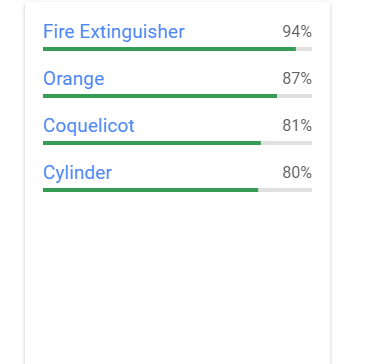Robots applications in our daily life increase at an unprecedented pace. As robots will soon operate "out in the wild", we must identify the safety and security vulnerabilities they will face. Robotics researchers and manufacturers focus their attention on new, cheaper, and more reliable applications. Still, they often disregard the operability in adversarial environments where a trusted or untrusted user can jeopardize or even alter the robot's task. In this paper, we identify a new paradigm of security threats in the next generation of robots. These threats fall beyond the known hardware or network-based ones, and we must find new solutions to address them. These new threats include malicious use of the robot's privileged access, tampering with the robot sensors system, and tricking the robot's deliberation into harmful behaviors. We provide a taxonomy of attacks that exploit these vulnerabilities with realistic examples, and we outline effective countermeasures to prevent better, detect, and mitigate them.
翻译:机器人在日常生活中的应用会以前所未有的速度增长。 随着机器人将很快“在野外”操作, 我们必须确定他们所面临的安全保障脆弱性。 机器人研究人员和制造商将注意力集中在新的、更便宜的和更可靠的应用上。 但是,他们经常忽视在竞争环境中的可操作性, 在那里, 受信任或不信任的用户可以危及甚至改变机器人的任务。 在本文中, 我们确定下一代机器人的安全威胁的新模式。 这些威胁超出了已知的硬件或基于网络的硬件, 我们必须找到新的解决方案来应对这些威胁。 这些新的威胁包括恶意使用机器人的特权接入, 篡改机器人传感器系统, 以及把机器人的考虑骗入有害的行为。 我们用现实的例子来描述利用这些脆弱性的攻击的分类, 我们提出有效的对策来防止、 检测和减轻这些威胁。








